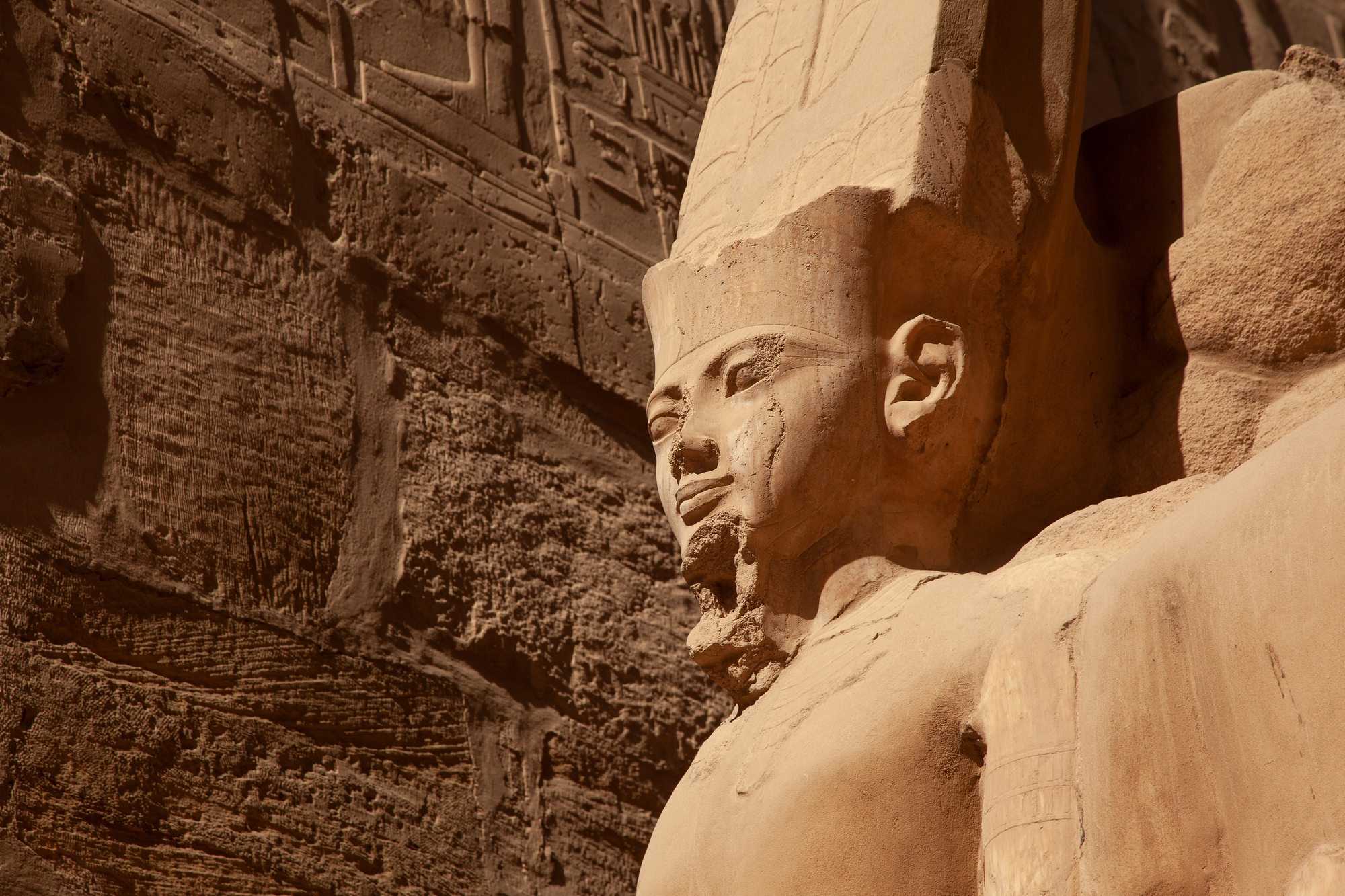BY DAVE RANKIN
Where the First Intermediate Period left Kemet in a state of instability and chaos due to outside influence and greed, The Middle Kingdom (approx. 2100 –1675 BCE) was ushered in to restore Kemet to its former glory. This is where we will start this week’s installment as we take a brief look into the Middle Kingdom that began in the 11th Dynasty.
The transition to the beginning of this period was not a smooth one, as it began with a series of wars. We mentioned in our last series that it was Pharaoh Mentu-hotep the 2nd who brought an end to the First Intermediate Period by defeating the Heracleopolitan pharaohs of Lower Egypt. This unified a once divided nation.
This warrior pharaoh who ruled for 51 years set up his capital in the ancient city of Waset, renamed later as Thebes by the Greeks. During his time on the throne, Mentu-hotep, whose name means, “Montu is content”, created the office of Overseer of Lower Kemet. Basically, it was an administration in charge of the day-to-day operations of the region. He also set about ships to nearby Byblos, a city with strong cultural connections to Kemet, especially since Byblos worshipped the Goddess Hathor, also known as Het-Heru. To them she was the patron goddess of the port, and mistress of the cedar terraces. Mentu-hotep built a massive Mortuary Temple in Deir-el-Bahri. This temple later served as an inspiration to Pharaoh Hatshepsut.
With the passing of Mentu-hotep the 2nd, there were 2 others that followed, Mentu-hotep the 3rd and 4th. Both of their reigns did not have the length of their predecessor, considering that they only ruled for only 12 and 7 years respectively. With the death of Mentu-hotep the 4th closed the 11th Dynasty and paved the way for a new pharaoh, Amenemhet the 1st of the 12th Dynasty.
There are mixed accounts of how Amenemhet the 1st came to the throne. One account states that since Mentu-hotep died childless, his Prime Minister Amenemhet was selected to rule. Another account comes to us via Robin Walker’s book When We Ruled, where he states that, “Amenemhet the 1st usurped the throne.” Regardless, Amenehet the 1st was a strong powerful leader the nation needed to lead them into prosperity. In the monumental work, Black Man of the Nile and His Family written by Dr. Yosef ben Jochannan, he tells us that, “upon taking command of his throne, immediately established the worship of Amen as the official religion.” As a side note, we must understand that this is the same Amen that is said at the end of prayer in every Christian church, Jewish synagogue and Muslim mosque.
Amenemhet the 1st built the largest pyramid since the 5th Dynasty, erecting approximately 350 feet. He also fortified control over Nubian gold mines and quarries by building great castles. He did the same in the eastern part of the Delta to secure trade routes to the Sinai peninsular that controlled the copper and turquoise mines. There are also accounts of Amenemhet the 1st reorganizing the administration keeping the nomarchs, or provincial governors that supported him while weakening the others who did not. We must remember, although the Intermediate Period came to an end, there were those who still profited from the reign of chaos.
There is even an old tale that some may attribute to Amenemhet the 1st. It speaks of a ruler named Ameny who delivers Kemet from tyranny. This tale came way via a prophet of the Old Kingdom in what was called the Discourse of Neferty.
Then a king will come from the South,
Ameny, the justified, my name,
Son of a woman of Ta-Seti, child of Upper Egypt,
He will take the white crown,
he will join the Two Mighty Ones (the two crowns)
Asiatics will fall to his sword,
Libyans will fall to his flame,
Rebels to his wrath, traitors to his might,
As the serpent on his brow subdues the rebels for him,
One will build the Walls-of-the-Ruler,
To bar Asiatics from entering Egypt…
This sums up this purposeful leader, Amenemhet the 1st, the Seizer of the Two Lands, ruler of Kemet for approximately 30 years. It is only fitting that we conclude this first installment of the Middle Kingdom here to be continued in our next edition, where we will discuss his progeny and their feats in the Dynasty’s to come.

